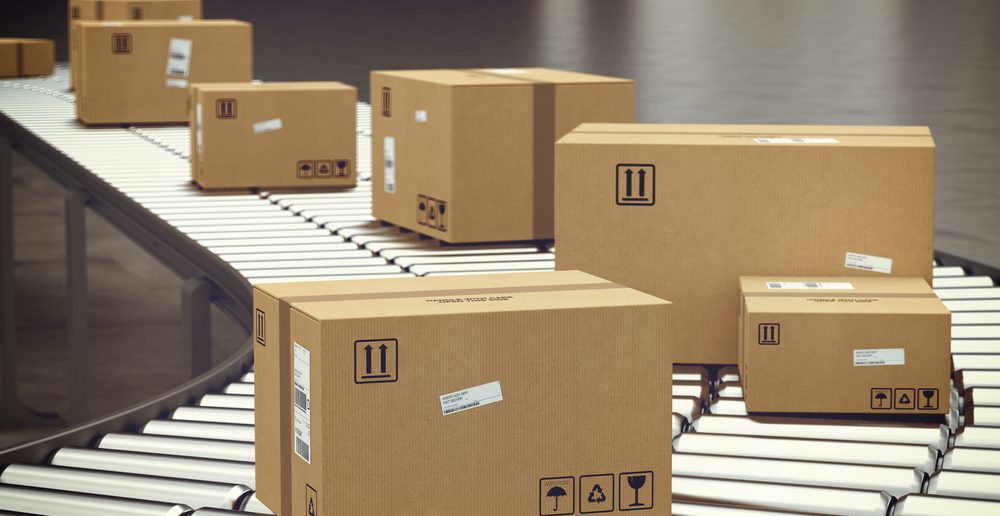Conveyor systems are one of the finest examples of the invisible hand of automation, making things tick behind closed doors; they’re found in our airports, in mines and quarries across the world and continue to play a critical role in the growing automation of factories and warehouses.
Conveyors used to mean little more to the production process than as a means of automating their Material Handling Systems from one point to another. Now there’s an emphasis not just on speed and efficiency, but also on creating effective material flow paths and balancing that with the whole factory process. Modern conveyors need to be a flexible part of the production line, so it’s important that the right system is used for specific manufacturing needs.
Being essential to manufacturers across a range of industries, they are most commonly found in the automotive, food processing, packaging, and pharmaceutical industries. Here’s how just a few modern conveyor systems can make production more streamlined and efficient.
- Gravity Roller Conveyor
Useful in the effective moving of heavy flat-bottomed loads such as cartons and pallets, gravity roller conveyors are typically used for lorry unloading, package sorting and on assembly lines. They’re one of the most cost-effective options out there and are extremely eco-friendly. Gravity rollers also need minimal maintenance, which makes them far cheaper in the long run.
- Plastic Chain Conveyor
Also light on maintenance, plastic chain conveyors allow individual links to be easily replaced should they be damaged. They’re suited well to the conveyance of heavy plastic containers and can be effectively applied to the manufacturing process of press formed medical products, as well as in packaging and food production. Especially useful in areas where another belt might be susceptible to rust or excessive wear.
- General Purpose Conveyor
This is a wide group of belts which can be made from a variety of materials depending on what’s needed; they can be made from rubber, PVC, nylon to name just a few. Common applications include package handling, raw material conveyance as well as for carrying small parts. General purpose belts are also useful if the process requires elevation change or needs incline/decline applications, and are noted for their reliability and long life, either in general use or in moving sharp-edged and highly abrasive materials.
There are a range of other conveyor systems on the market fit for almost any manufacturing purpose imaginable, ranging in size, material and design according to what they’re needed for. As production continues to rely heavily on automation, the correct conveyor belt is becoming more important to the manufacturing processes that we depend on every day to ensure vital products can be made in the quantities needed.





